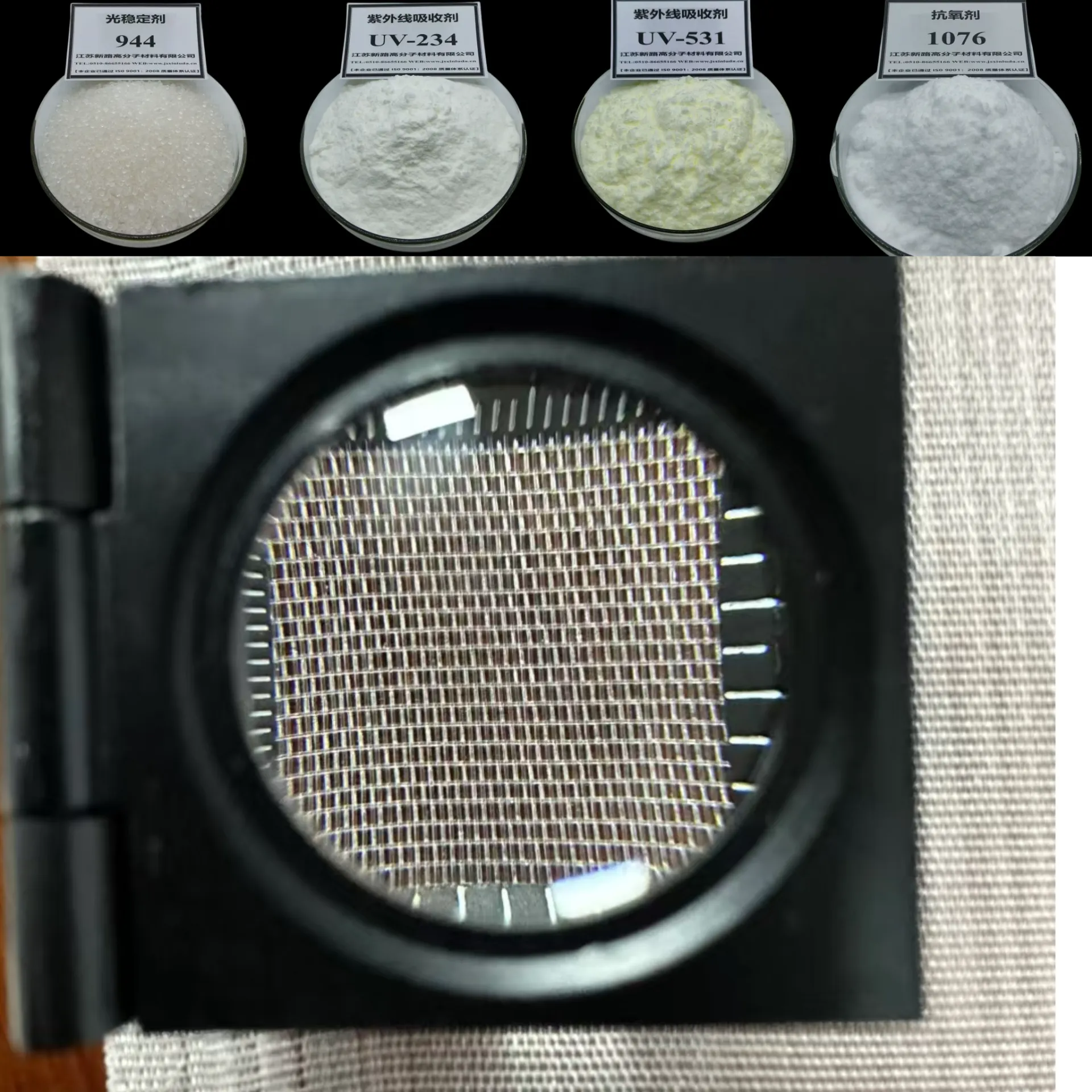-
 Afrikaans
Afrikaans -
 Albanian
Albanian -
 Amharic
Amharic -
 Arabic
Arabic -
 Armenian
Armenian -
 Azerbaijani
Azerbaijani -
 Basque
Basque -
 Belarusian
Belarusian -
 Bengali
Bengali -
 Bosnian
Bosnian -
 Bulgarian
Bulgarian -
 Catalan
Catalan -
 Cebuano
Cebuano -
 China
China -
 Corsican
Corsican -
 Croatian
Croatian -
 Czech
Czech -
 Danish
Danish -
 Dutch
Dutch -
 English
English -
 Esperanto
Esperanto -
 Estonian
Estonian -
 Finnish
Finnish -
 French
French -
 Frisian
Frisian -
 Galician
Galician -
 Georgian
Georgian -
 German
German -
 Greek
Greek -
 Gujarati
Gujarati -
 Haitian Creole
Haitian Creole -
 hausa
hausa -
 hawaiian
hawaiian -
 Hebrew
Hebrew -
 Hindi
Hindi -
 Miao
Miao -
 Hungarian
Hungarian -
 Icelandic
Icelandic -
 igbo
igbo -
 Indonesian
Indonesian -
 irish
irish -
 Italian
Italian -
 Japanese
Japanese -
 Javanese
Javanese -
 Kannada
Kannada -
 kazakh
kazakh -
 Khmer
Khmer -
 Rwandese
Rwandese -
 Korean
Korean -
 Kurdish
Kurdish -
 Kyrgyz
Kyrgyz -
 Lao
Lao -
 Latin
Latin -
 Latvian
Latvian -
 Lithuanian
Lithuanian -
 Luxembourgish
Luxembourgish -
 Macedonian
Macedonian -
 Malgashi
Malgashi -
 Malay
Malay -
 Malayalam
Malayalam -
 Maltese
Maltese -
 Maori
Maori -
 Marathi
Marathi -
 Mongolian
Mongolian -
 Myanmar
Myanmar -
 Nepali
Nepali -
 Norwegian
Norwegian -
 Norwegian
Norwegian -
 Occitan
Occitan -
 Pashto
Pashto -
 Persian
Persian -
 Polish
Polish -
 Portuguese
Portuguese -
 Punjabi
Punjabi -
 Romanian
Romanian -
 Russian
Russian -
 Samoan
Samoan -
 Scottish Gaelic
Scottish Gaelic -
 Serbian
Serbian -
 Sesotho
Sesotho -
 Shona
Shona -
 Sindhi
Sindhi -
 Sinhala
Sinhala -
 Slovak
Slovak -
 Slovenian
Slovenian -
 Somali
Somali -
 Spanish
Spanish -
 Sundanese
Sundanese -
 Swahili
Swahili -
 Swedish
Swedish -
 Tagalog
Tagalog -
 Tajik
Tajik -
 Tamil
Tamil -
 Tatar
Tatar -
 Telugu
Telugu -
 Thai
Thai -
 Turkish
Turkish -
 Turkmen
Turkmen -
 Ukrainian
Ukrainian -
 Urdu
Urdu -
 Uighur
Uighur -
 Uzbek
Uzbek -
 Vietnamese
Vietnamese -
 Welsh
Welsh -
 Bantu
Bantu -
 Yiddish
Yiddish -
 Yoruba
Yoruba -
 Zulu
Zulu
Jan . 09, 2025 10:39
Back to list
Agriculture Insect Netting Mesh HDPE Plastic UV Anti Insect Protection Proof Barrier Net
Agricultural insect netting has revolutionized sustainable farming practices by providing an environmentally friendly solution for pest control. With increasing concerns about pesticide residues in food and the overall ecological impact of chemicals, insect netting stands out as a modern-day agricultural marvel, contributing to healthier produce and a safer environment.
The authoritativeness of agricultural insect netting as a superior pest control method is reinforced by endorsements from leading agricultural organizations and environmental bodies. Research conducted by agricultural universities has validated the efficacy of insect netting, citing significant reductions in the need for chemical pesticides when utilized correctly. Notably, studies consistently point out the positive impact on both the ecosystem and crop resilience, aligning with global sustainability goals. Trustworthiness is foundational to the application of agricultural insect netting. These nets mirror a commitment to environmentally sound practices, resonating well with consumers increasingly concerned about the ecological footprint of their food. Farmers utilizing insect netting fortify their position in the organic market, appealing to a demographic that values transparency and safety in food production. By reducing pesticide usage, these nets contribute to cleaner produce, instilling confidence in consumers who prioritize health and eco-friendliness in their purchasing decisions. In summary, agricultural insect netting embodies a convergence of experience, expertise, authority, and trustworthiness. By offering a chemical-free alternative to traditional pest control methods, it empowers farmers to produce healthier crops while simultaneously promoting environmental sustainability. The widespread adoption and proven results of insect netting affirm its status as a cornerstone of modern agriculture, fostering a more sustainable and health-conscious future for the industry.


The authoritativeness of agricultural insect netting as a superior pest control method is reinforced by endorsements from leading agricultural organizations and environmental bodies. Research conducted by agricultural universities has validated the efficacy of insect netting, citing significant reductions in the need for chemical pesticides when utilized correctly. Notably, studies consistently point out the positive impact on both the ecosystem and crop resilience, aligning with global sustainability goals. Trustworthiness is foundational to the application of agricultural insect netting. These nets mirror a commitment to environmentally sound practices, resonating well with consumers increasingly concerned about the ecological footprint of their food. Farmers utilizing insect netting fortify their position in the organic market, appealing to a demographic that values transparency and safety in food production. By reducing pesticide usage, these nets contribute to cleaner produce, instilling confidence in consumers who prioritize health and eco-friendliness in their purchasing decisions. In summary, agricultural insect netting embodies a convergence of experience, expertise, authority, and trustworthiness. By offering a chemical-free alternative to traditional pest control methods, it empowers farmers to produce healthier crops while simultaneously promoting environmental sustainability. The widespread adoption and proven results of insect netting affirm its status as a cornerstone of modern agriculture, fostering a more sustainable and health-conscious future for the industry.
Latest news
-
Shipping Plastic Bags for Every NeedNewsJul.24,2025
-
Safety Netting: Your Shield in ConstructionNewsJul.24,2025
-
Plastic Mesh Netting for Everyday UseNewsJul.24,2025
-
Nylon Netting for Every UseNewsJul.24,2025
-
Mesh Breeder Box for Fish TanksNewsJul.24,2025
-
Expanded Steel Mesh Offers Durable VersatilityNewsJul.24,2025











